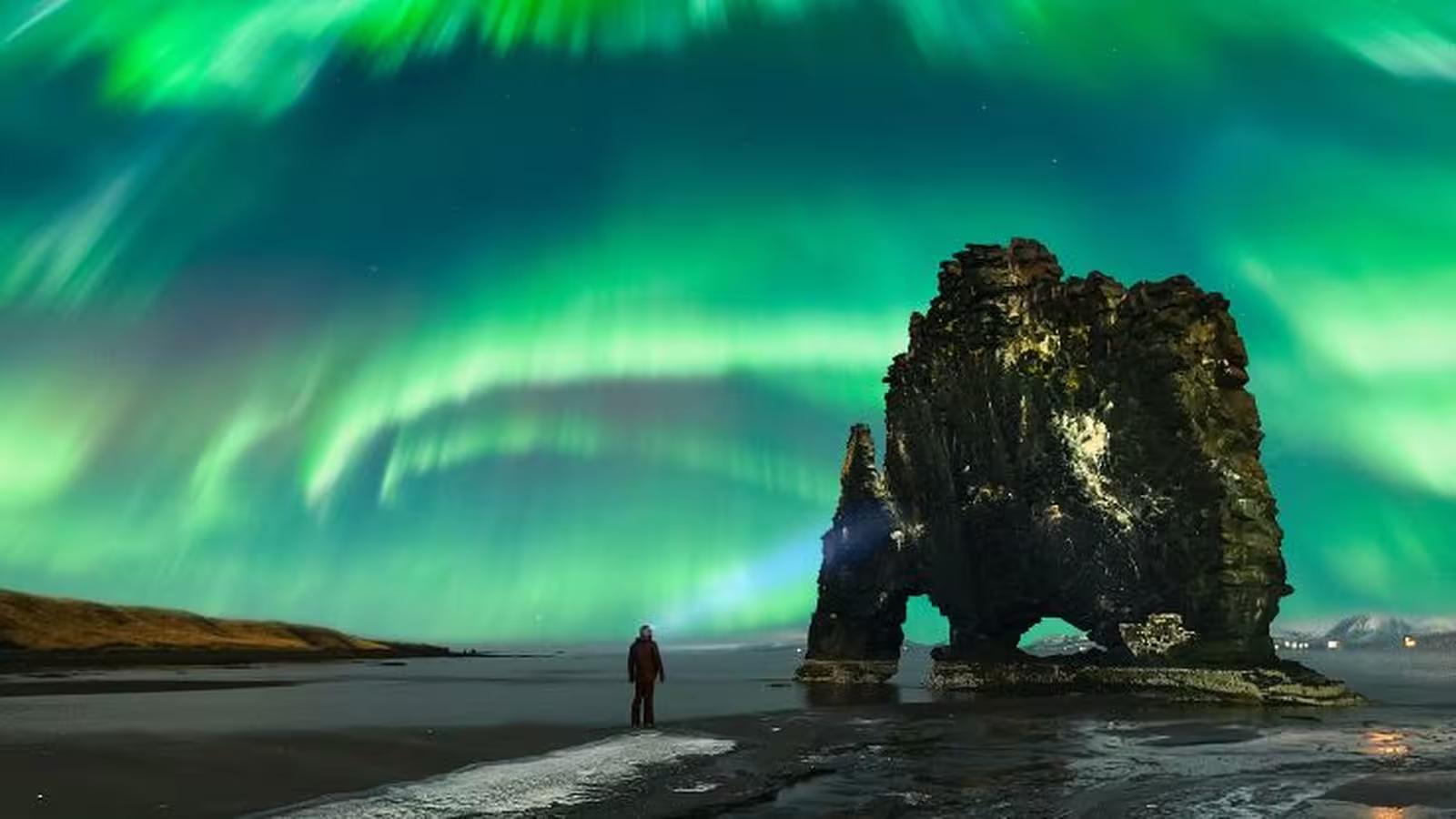5 Minutes
Unveiling an Ancient Space Weather Event: The Laschamps Excursion
More than 40,000 years ago, our planet experienced an extraordinary episode in its geophysical history: a dramatic weakening of Earth's magnetic field known as the Laschamps Excursion. This event exposed early humans—and other life forms—to unfamiliar and potentially hazardous space weather conditions. Today, a growing body of research is illuminating how this ancient cosmic episode may have influenced the behaviors, adaptations, and survival strategies of our prehistoric ancestors.
The Science Behind Earth's Magnetic Field Disruptions
Earth’s magnetic field usually acts as a robust protective barrier, deflecting solar wind and cosmic radiation away from the surface. Generated by the movement of molten iron within the planet's outer core, this geomagnetic field resembles a giant bar magnet, with stable north and south poles.
However, around 41,000 years ago at the end of the Pleistocene epoch, the Laschamps Excursion disrupted this stability. Unlike a full magnetic pole reversal, the event caused the poles to drift wildly—even thousands of kilometers—while Earth’s magnetic strength dropped to less than 10% of its current level. This led to a fragmented, multi-polar magnetic field rather than a simple dipole structure, severely diminishing the shield provided by the magnetosphere.
During this period, the magnetosphere would have been considerably weaker and leakier, allowing higher levels of energetic solar particles and ultraviolet (UV) radiation to penetrate down to Earth's surface. This unique scenario created a planet-wide experiment in space weather exposure, making the Laschamps Excursion a critical case study for understanding the relationship between geomagnetic activity and terrestrial life.
Auroras at the Equator and Solar Radiation Surges
One of the most visually striking effects of the weakened magnetic field would have been the appearance of auroras—natural light displays typically associated with high-latitude regions like the Arctic and Antarctic. During the Laschamps Excursion, scientific modeling suggests that auroras may have stretched far beyond the poles, possibly illuminating night skies near the equator. While these displays could have inspired awe or even fear, the increase in visible auroras was accompanied by a more serious consequence: higher doses of biologically harmful solar and cosmic radiation reaching the ground.
Elevated UV levels pose significant risks, including sunburn, eye damage, genetic mutations, and increased chances of birth defects. These environmental stressors would have presented early humans and our close relatives, like Neanderthals, with unprecedented survival challenges across Eurasia and beyond.
Human Adaptation: Shelter, Innovation, and Social Change
Archaeological evidence suggests that humans responded to these harsh and unpredictable conditions with resourcefulness and innovation. The frequency of behaviors associated with radiation protection appears to have increased during the Laschamps Excursion, as observed in European archaeological sites. For example, cave habitation became more common, providing natural shelter from increased radiation levels. Similarly, early Homo sapiens and Neanderthals may have adopted more elaborate clothing to cover exposed skin, or utilized ochre (a naturally occurring mineral pigment) as a primitive form of sunscreen.
These adaptations reflect not just physiological but also cultural and cognitive flexibility. While the archaeological record cannot fully convey the emotional or ritual responses to awe-inspiring auroras, or to the anxiety caused by an unpredictable sun, it does show shifts in settlement patterns, technology, and material usage that point to a direct relationship between changing space weather and human innovation.
Differentiating the Impact: Neanderthals and Homo sapiens
Importantly, researchers caution against oversimplifying the narrative. The Laschamps Excursion was likely a contributing factor—rather than the sole cause—of behavioral, technological, or demographic changes observed in ancient populations. While some have speculated that increased space weather stress could have played a part in the eventual extinction of Neanderthals, current evidence supports the idea that it was one component among many influencing both Neanderthals and modern humans. Variations in how distinct communities met environmental challenges underscore humanity’s adaptability in the face of cosmic and climatic adversity.
Interdisciplinary Science: Bridging Geophysics and Archaeology
The study of the Laschamps Excursion highlights the necessity—and power—of interdisciplinary collaboration. Archaeologists bring to the table expertise in reconstructing vanished climates, prehistoric livelihoods, and the indirect traces of ancient human adaptation. Geophysicists, on the other hand, offer advanced models of space weather phenomena and a global perspective on magnetic field dynamics.
By uniting these approaches, researchers are able to probe the invisible but influential threads binding space weather to human history. As geophysicist models simulate patterns of past radiation exposure, archaeologists correlate these with shifts in behavior observed in ancient remains and cultural artifacts. This dialogue not only enriches our understanding of the past, but also underscores the importance of the geomagnetic field as part of Earth's environmental system—a factor often left out of conventional paleoclimate reconstructions.
Implications for Future Space Weather Events
The Laschamps Excursion was not a unique event; similar disruptions have occurred throughout Earth's history and may happen again. Understanding how early humans confronted and adapted to these episodes can offer valuable insights for coping with future geomagnetic instabilities. Today, our technological civilization is highly vulnerable to extreme space weather, including geomagnetic storms that could disrupt electronics, satellites, and power infrastructure. Tracing the adaptive pathways of our ancestors during past crisis events may help us anticipate and mitigate the risks posed by space weather in the modern world.
Conclusion
The story of the Laschamps Excursion offers a vivid reminder of the interconnectedness between space, Earth’s magnetic field, and human life. As researchers continue to untangle the effects of ancient space weather on our species, they reveal a narrative that is both humbling and instructive. The capacity for adaptation—whether by seeking shelter, inventing new technologies, or reimagining the world—remains one of humanity’s greatest strengths in the face of cosmic uncertainty. Collaborative science bridging disciplines such as archaeology and geophysics not only advances our knowledge but also serves as a foundation for resilience in the face of future environmental challenges. As we continue to explore Earth's past and monitor the skies above, the lessons learned from ancient space weather events chart a path towards understanding—and preparing for—the uncertainties of our dynamic planet.
Source: theconversation



Comments